Head teacher Ivana Puškárová provides a closer look at education and preschool education at the private BESST Preschool in Trnava in an interview.
Q: How would you introduce your preschool to those who are not familiar with it?
Our preschool offers bilingual education for children aged two to seven. Education in the preschool takes place in two languages and is provided by qualified teachers.
We have nine classes, including three classes for preschoolers in compulsory pre-primary education. Our preschool is part of the school network, fulfilling the goals of the national education program while also preparing children for a bilingual elementary school.
Q: What makes you different from other schools?
We see our uniqueness in the fact that under one roof, we collaborate with both a bilingual elementary school and a bilingual high school.
We prepare children for SZŠ BESST in a way that ensures a smooth transition, without stress or major changes, and that the education in our preschool is aligned with the curriculum of the elementary school.
That’s why we have already implemented the Hejný method of mathematics and LEGO STEAM skills education for the 21st century in preschool. We are supported by experts and guarantors in this field, who are employees of the elementary school. We greatly appreciate their collaboration.
We closely collaborate with the elementary school, inviting our children to open lessons with the first graders, where our preschoolers can try out what awaits them in school.
We meet the individual standards of the national education program by offering various extracurricular activities, which are incorporated into the curriculum, helping to develop each child’s personality in all areas of development.
Additionally, we offer an individualized approach, which is ensured by smaller class sizes, with a maximum of 16 children per class.
We have a support team, providing speech therapy and psychological support to children in collaboration with their parents.
Q: What does a child need to master in order to be accepted into the preschool?
It is necessary for the child to have basic self-care and communication skills appropriate for their age. It is also important that they can express their needs.
Q: How much time do children spend outdoors during the day?
In the morning and afternoon, on average, about an hour, depending on the weather and season. In the summer, outdoor educational activities take place as well, so it often happens that the children are outside for nearly the whole day. In winter, we focus more on walks around the area. We also go on trips to nature.
Q: What qualities should a good teacher have, in your opinion?
A good teacher must have, first and foremost, a big heart for young children, empathy, creativity, and expertise in the field of preschool education.
Q: Children learn a foreign language at your school. How is it taught?
We teach English bilingually, using a natural form of communication in the classrooms, with the support of a teacher who is a native English speaker. Throughout the day, we guarantee 50% communication in English. Our goal is for the child to perceive the foreign language naturally, as a part of both education and everyday communication.
Q: How does the adaptation process work in your preschool?
The adaptation of new children follows an adaptation program even before the child officially starts preschool. This way, children and their parents become familiar with the environment and our staff.
At the same time, we get to know the parents better, which allows us to collaborate more effectively when integrating the child into the group. Several of these meetings help ease the child’s separation from their parents at the start.
















